Method for in-line pig tracking in an off-shore pipeline
Offshore pipeline cleaning or inspection is a difficult operation from both technical and management points of view. In case utility or smart PIG stops or stacks somewhere in the offshore part of the pipeline then it is necessary to have clear plan of actions to find quickly this place and extract the PIG.
Aprodit Ltd proposes a technique which enables to track in real time the location of a PIG in an offshore pipeline. This technique reduces the time which divers or ROV (Remotely Operating Vehicle) will need to spend underwater in order to find the place were the pig stopped in the pipeline.
The number of developed offshore deposits is growing. And the length of the pipelines laid on the sea bed is growing also. So we in APRODIT believe that different methods for tracking PIGs in offshore pipelines will be more and more in demand.
In this article it is described how to conduct the search of a stuck PIG with use of equipment manufactured by Aprodit. This equipment for PIG tracking includes:
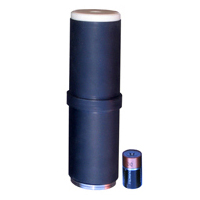
Low frequency transmitter PNT-00 (which emits electromagnetic waves on frequency 22Hz). This transmitter is installed on the in-line PIG which moves inside the pipeline.
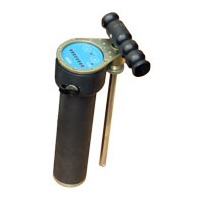
A set of low-frequency locators (receiver-registrators) NPR-01. These locators are installed in control (marker) points on the sea bed above the pipeline.
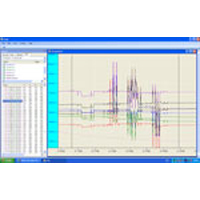
Computer program for synchronization and analysis of data recorded by the locators NPR-01.
On the Figure below it is shown (schematically) how the transmitter and the locator are used (on example of one marker point). The locator shown on this picture is manufactured in special strong waterproof case, which can withstand water pressure on the sea bed.
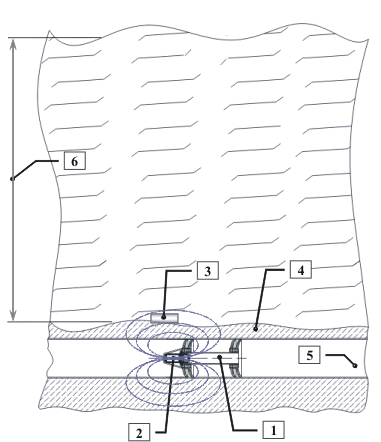
Fig. 1 Scheme for tracking of a pig in offshore pipeline with use of NPR-01.
1 - in-line PIG; 2 - low-frequency transmitter PNT-00; 3 - autonomous receiver registrator NPR-01; 4 - sea bed; 5 - pipeline; 6 - depth up to 200m.
Sequence of actions for pigging of an offshore pipeline with Aprodit Ltd equipment
- A buoy is attached by a truss to a weight (anchor). The weight is located in a marker point above the offshore pipeline. Buoys are seen on the water surface. The number of marker points and distance between them is determined based on the local conditions. Marker points should be installed in the places where relief of the sea bed is changing or where the pipeline has a bend or other peculiarity. On the straight parts of the pipeline the marker points can be distributed evenly on the big distance from each other.
- All marker points have to be numbered beginning from the launching chamber. And they should be "bind" to the pipeline drawings and to the Earth global coordinates with use of GPS receiver. The number of NPR-01 locators is equal to the number of marker points.
- Preliminary (in an office) all the receiver-registrators are synchronized (with help of the computer program) and set in working condition. In order to exclude fake recording (during transportation) special delay of recording is set. Maximum delay of recording is 5 days. On each locator the number of marker point should be written by water resistant paint.
- Switched on locators are installed (by ROV or divers) in the marker points as close to the pipeline as possible (but not more than 2m away from the pipeline). Locators should be attached well in order to avoid movement by sea currents. The axis of the locator have to be parallel to the pipeline axis.
- The in-line PIG is launched into the pipeline after delay of recording in the NPR locators is expired. The PIG have to be equipped with 22Hz transmitter.
- At the moment when the PIG passes a marker point the locator records in its memory the time and the shape of recorded signal.
- At the end of the pipeline pigging the PIG is extracted from the receiving chamber. The transmitter is disassembled from the PIG and delivered to an office. Then all NPR locators are taken from marker points and also delivered to the office. The time of marker points passages is downloaded from NPR locators to a computer and analyzed in the program. This information can be used for representation of the PIG motion in the pipeline.
- In case the PIG has stuck somewhere in the offshore pipeline NPR locators are extracted from the marker points (after certain waiting time passed but the PIG didn't show in the receiving chamber). While extracting a locator it is necessary to check that the number of marker point is clearly seen on it.
- Records in the locators memory are downloaded into computer (starting from marker point #1 at the launching chamber) and analyzed in the computer program. The last marker point passed by the PIG is determined as well as parameters of its motion before the stop.
- To find the place where the PIG stuck one locator is turned on into the manual searching mode. A diver with this locator starts moving along the pipeline from the last marker point passed by the PIG. So the diver will find the PIG stuck point with the accuracy 0.2...0.5m.
Tracking of a Pig from water surface
Locators can incorporate a remote antenna. With such design only hermetically sealed antenna (in the strong casing) is put on the sea bed near the pipeline. All electronics of the locator is on a buoy floating on the sea surface.
The signal from the remote antenna is transferred to the buoy (or a ship) by a strong cable with length of up to 100m. An operator surveys the the buoys while moving from one to another buoy on a ship or a boat. He can track the PIG motion in real time and inform the office about passage of the marker points by radio.
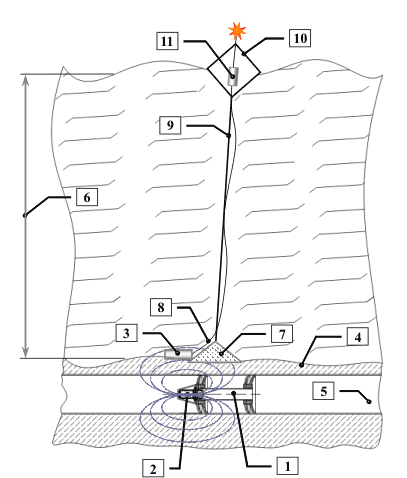
Fig. 2 Scheme for offshore marker point equipped with remote antenna connected to locator NPR-01 by a cable.
1 - in-line PIG; 2 - 22Hz transmitter PNT-00; 3 - locator's remote antenna; 4 - sea bed; 5 - pipeline; 6 - depth 100m; 7 - weight for buoy attachment; 8 - cable connecting remote antenna with NPR locator; 9 - wire rope to connect buoy with weight; 10 - buoy; 11 - locator (receiver-registrator) NPR-01.
Marker points for offshore pipeline with use of existing hydro acoustic systems
At present there are hydro acoustic systemswhich enable to send and receive in water signals (sounds) on different distances. Such systems can also determine (with high enough accuracy) the location of different underwater acoustic emitters. When NPR-01 locators are used along with hydro acoustic emitters then it is possible to track how the PIG passes marker points in the offshore pipeline staying in comfortable office in a ship and without using the connection cable.
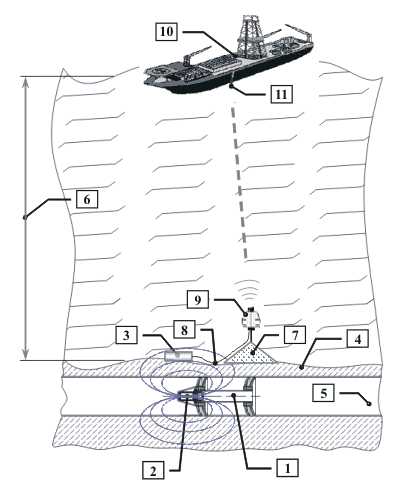
Fig. 3 Use of NPR-01 locator along with hydro acoustic systems.
1 - in-line PIG; 2 - 22Hz transmitter PNT-00; 3 - locator (receiver-registrator) NPR-01; 4 - sea bed; 5 - pipeline; 6 - depth up To 1000m; 7 - weight; 8 - short cable connecting NPR-01 locator with hydro acoustic emitter; 9 - hydro acoustic emitter; 10 - ship with mobile office; 11 - hydrophone.
Receiver-registrator NPR-01 receives 22Hz signal from transmitter PNT-00, which is mounted on the in-line PIG. This signal passes trough metallic walls of the offshore pipeline (the pipeline can be coated by concrete and buried in the sea floor). Then NPR-01 transmits the signal to hydro acoustic emitter via short cable.
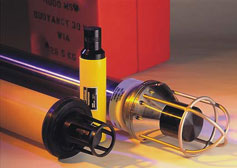
Fig. 4 Existing hydro acoustic emitters
Hydro acoustic emitter transfers this signal via acoustic waves with frequency 100kHz to the distance 100-500m or to 5-10km on the frequency 8-15kHz. The signals from hydro acoustic emitters are received by hydro phones on the escort ship.
Existing systems for receiving and processing of acoustic signals enable to determine the emitter position with good accuracy. Also they are able to filter useful signal about passage of a marker point by the PIG.
